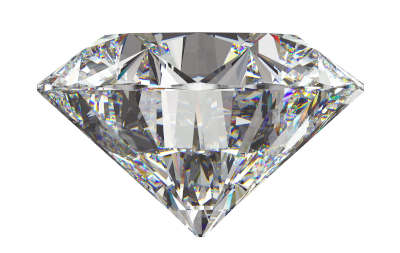Mined rough diamonds are cut to turn them into gem-quality diamonds employing both science and art. A shape and polished diamond start with a rough stone and the result is its diamond cut. The diamond cut is determined by the angles the diamond is cut into and the work expertise value of the artisan workmanship. The shape of a diamond is not the diamond cut.
For a diamond to show the top level of possible light there are a set of ratios for angle and length mathematical guidelines. These exacting specific guidelines are used to create the cut of the highest level common round brilliant diamonds. There is other less popular fancy cut diamond stones and those stones do not have the same exacting mathematical specific guidelines because it is not possible.
Cutting diamond techniques has evolved and grown during the last several hundred years. Marcel Tolkowsky, a famous mathematician, and gem lover made the boldest highest diamond cut accomplishments in the late 1910’s. He invented the most evolved cut ever, the diamond round brilliant cut. He created it through determining the calculations needed to create the best shape cuts need to bring highest return and light scatter experienced when a diamond is looked at from above. There are 57 facets in the modern round brilliant cut with 33 facets on the crown, which is the top half, and 24 facets on the pavilion, which is the lower half. A facet is a polished face. The thin middle part of the diamond is called the girdle. The crown’s working function is to take light and refract it into different colors and pavilion’s working function is to take light and refract it up through the diamond’s top.
Diamond cuts on a fully cut modern round brilliant cut diamond not done within the ideal range of Tolkowsky’s ideal measurements and or far away from it, will reflect less and less light. For “Ideal” modern round brilliant diamonds the range in which a diamond can be considered an “ideal” diamond is limited.

